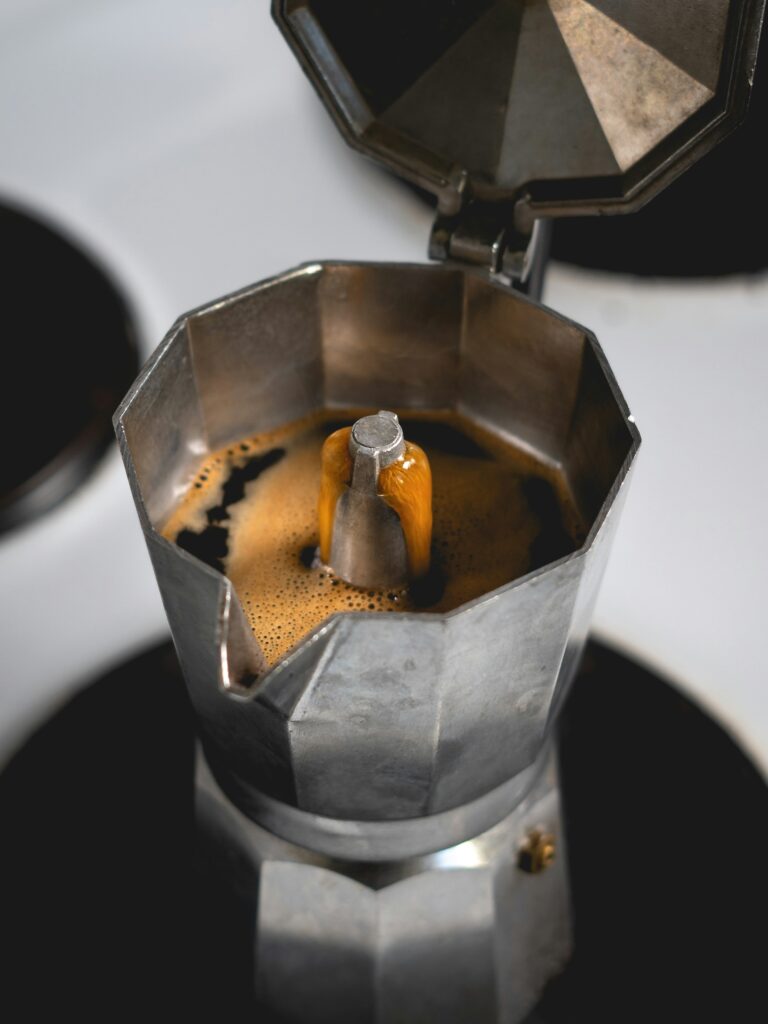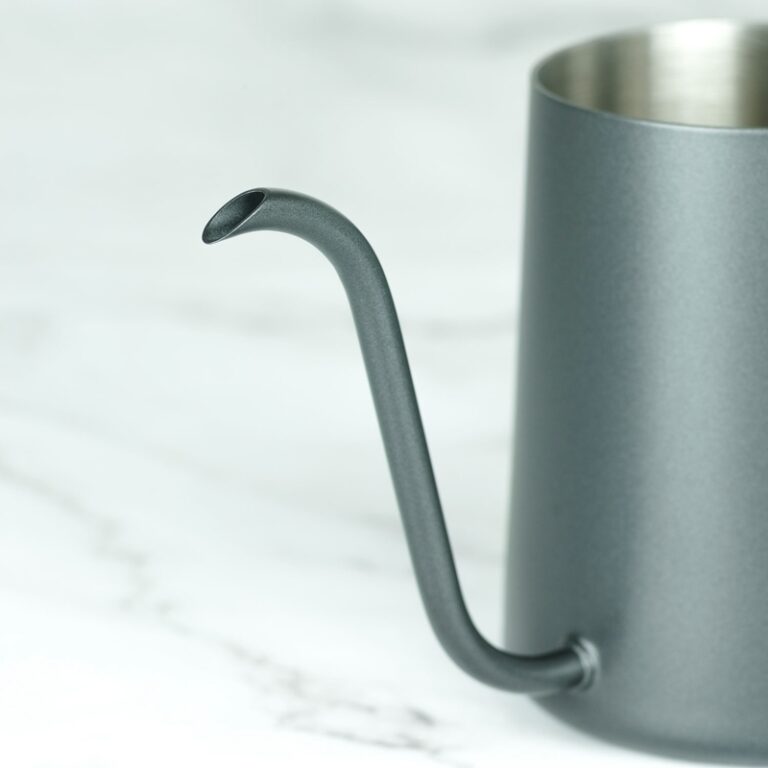What are the advantages and disadvantages of cookware with non-stick coating?
Non-stick cookware has gained immense popularity among home cooks and professional chefs alike. This type of cookware is designed with a special coating that prevents food from sticking, making cooking and cleaning easier. However, while it has its advantages, it is essential to consider both the pros and cons before making a purchase.

Advantages of Using Non-Stick Cookware
One of the primary benefits of non-stick cookware is its ability to reduce the amount of oil or fat needed for cooking. This feature allows for healthier meal preparation, which is a significant advantage for those aiming to maintain a nutritious diet. Additionally, non-stick surfaces enable food to release easily, minimizing the chances of overcooking or burning.
Another merit of non-stick cookware is its ease of cleanup. As food does not adhere to the surface, washing the pots and pans requires less effort. This convenience is especially appreciated by busy individuals who may not have the time or energy for extensive dishwashing after meal preparation.
Disadvantages of Non-Stick Cookware
Despite its benefits, non-stick cookware has some drawbacks. One significant concern is the durability of the non-stick coating. Over time, the coating can scratch or wear off, especially with improper usage like using metal utensils or overheating the pans. This can lead to potential health risks if the coating begins to flake into food.
Furthermore, certain types of non-stick cookware can contain harmful chemicals, such as PFOA or PFAS, which have been linked to health issues. Although many manufacturers have shifted to safer alternatives, it is crucial for consumers to do thorough research before purchasing non-stick cooking tools.
In conclusion, non-stick cookware offers both advantages and disadvantages. Evaluating these aspects is vital to making an informed decision that fits your cooking style and health considerations.







